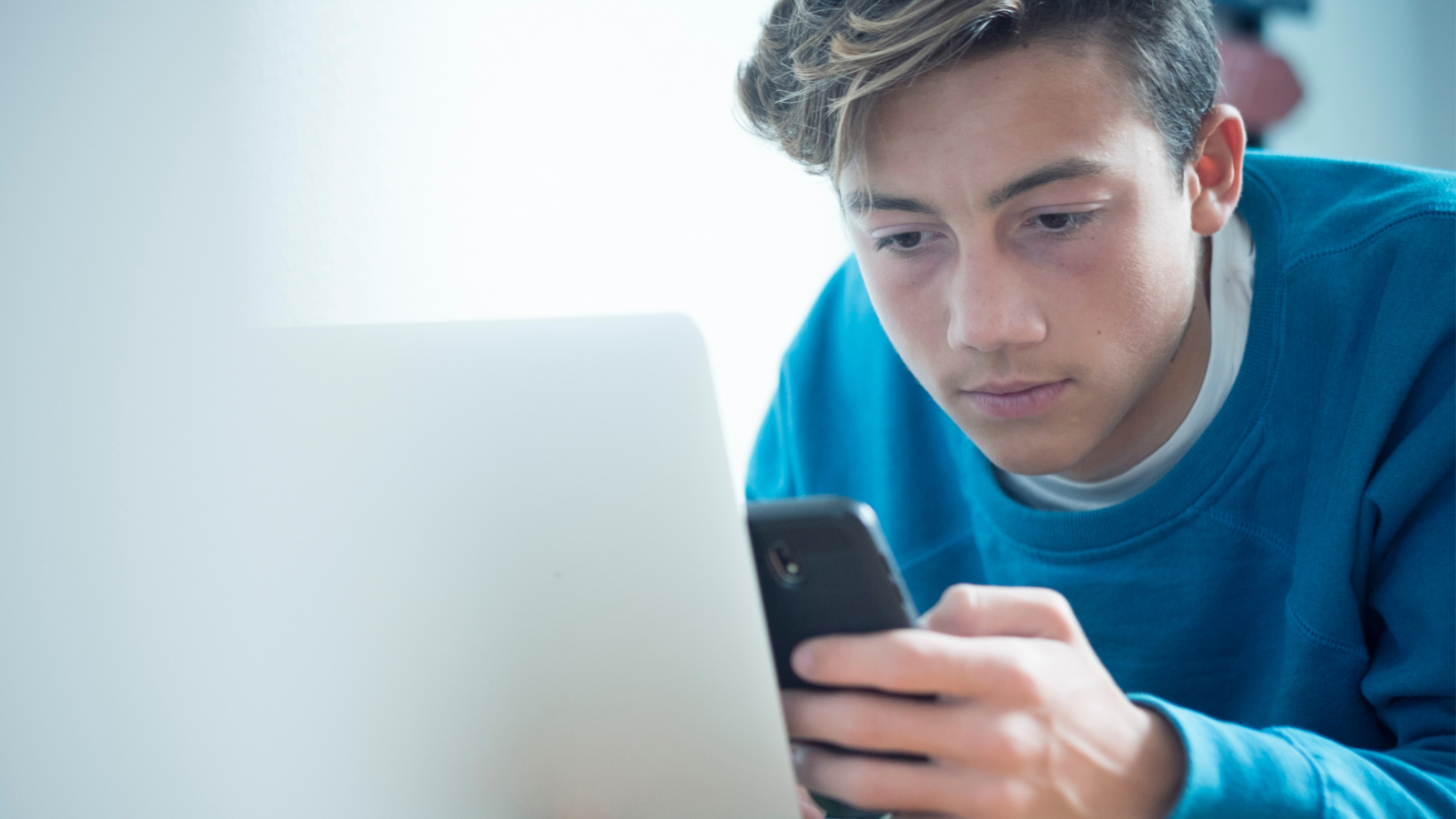Anxiety in the Digital Age: Navigating Modern Stressors
Anxiety disorders have become increasingly prevalent in recent years, with the digital age introducing a host of new stressors that contribute to this growing mental health concern. The constant connectivity, information overload, and social media pressures of our modern world have created unique challenges for individuals trying to maintain their mental wellbeing. As technology continues to advance at a rapid pace, understanding and addressing these digital-age anxiety triggers has become crucial for mental health professionals and individuals alike. This article explores the intersection of technology and anxiety, examining how our digital lifestyles impact our mental health and offering strategies for finding balance in an always-connected world.

The Impact of Social Media on Mental Health
Social media platforms have revolutionized the way we communicate and connect with others, but they have also had a significant impact on our mental health. Studies have shown a correlation between heavy social media use and increased anxiety, depression, and loneliness. The carefully curated lives presented on these platforms can lead to unrealistic comparisons and feelings of inadequacy. The constant need for validation through likes, comments, and shares can create a cycle of anxiety and self-doubt. Additionally, the fear of missing out (FOMO) driven by social media can lead to increased stress and a sense of disconnection from real-life experiences.
Digital Detox: Finding Balance in a Connected World
As awareness of digital-age anxiety grows, many individuals are seeking ways to disconnect and find balance. Digital detoxes, or periods of intentional disconnection from technology, have gained popularity as a means of reducing stress and improving mental wellbeing. These breaks from constant connectivity can range from a few hours to several days or even weeks. During a digital detox, individuals may engage in activities such as reading physical books, spending time in nature, or practicing mindfulness and meditation. The goal is to reset one’s relationship with technology and create healthier habits for digital consumption.
Mindfulness and Technology: A Paradoxical Solution
Interestingly, technology itself has become a tool for combating digital-age anxiety. Mindfulness and meditation apps have surged in popularity, offering guided practices and tools for managing stress and anxiety. These apps leverage the very devices that often contribute to our stress as a means of promoting relaxation and mental clarity. While the use of technology to combat technology-induced anxiety may seem paradoxical, it highlights the potential for innovative solutions in addressing modern mental health challenges. However, it’s important to approach these digital wellness tools mindfully, ensuring they don’t become another source of screen time addiction.
The Role of Digital Literacy in Anxiety Prevention
As we navigate the complexities of the digital age, digital literacy has emerged as a crucial skill for managing anxiety and maintaining mental wellbeing. Understanding how to critically evaluate online information, manage digital distractions, and set healthy boundaries with technology can significantly reduce anxiety triggers. Educational institutions and workplaces are increasingly recognizing the importance of digital literacy and implementing programs to help individuals develop these skills. By empowering people to use technology more intentionally and effectively, we can mitigate some of the negative impacts of our digital lifestyles on mental health.
Reimagining Work-Life Balance in the Digital Age
The blurring of work and personal life boundaries in the digital age has created new challenges for maintaining a healthy work-life balance. The ability to work remotely and stay connected to the office 24/7 has led to increased pressure to be constantly available and productive. This always-on mentality can contribute significantly to anxiety and burnout. As a result, there’s a growing movement to reimagine work-life balance for the digital age. This includes implementing policies such as “right to disconnect” laws, which give employees the legal right to disengage from work-related communications outside of working hours. Companies are also exploring flexible work arrangements and promoting digital wellness programs to help employees manage stress and maintain boundaries between work and personal life.
The Future of Anxiety Management in a Tech-Driven World
As technology continues to evolve, so too must our approaches to managing anxiety in the digital age. Emerging technologies such as virtual reality (VR) and artificial intelligence (AI) are being explored for their potential in anxiety treatment and prevention. VR exposure therapy, for example, is showing promise in treating specific phobias and social anxiety by allowing individuals to confront their fears in a controlled, virtual environment. AI-powered chatbots and digital therapists are being developed to provide accessible mental health support and interventions. While these technological solutions offer exciting possibilities, it’s crucial to approach them with a balanced perspective, ensuring they complement rather than replace human connection and support in mental health care.
In conclusion, anxiety in the digital age presents unique challenges that require innovative approaches to mental health care and personal wellbeing. By understanding the impact of our digital lifestyles on mental health, developing digital literacy skills, and finding ways to balance connectivity with disconnection, we can navigate the complexities of the modern world while maintaining our mental wellbeing. As we move forward, it’s essential to continue researching and addressing the evolving landscape of digital-age anxiety, ensuring that our mental health practices keep pace with technological advancements. Ultimately, the goal is to harness the benefits of technology while mitigating its potential negative impacts on our mental health, creating a more balanced and mindful approach to life in the digital age.




